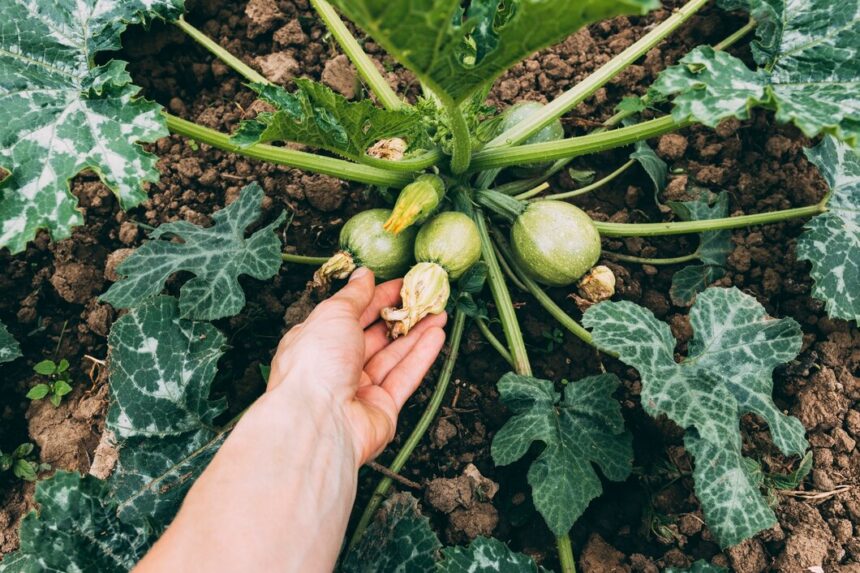Bacterial wilt is a devastating disease that can quickly impact squash plants, leading to significant crop damage if not identified and managed promptly. Understanding the early signs of bacterial wilt is crucial for gardeners to intervene effectively. Here are ten indicators to watch for:
- Sudden Wilting: One of the initial symptoms of bacterial wilt is the sudden wilting of leaves, typically occurring during the hottest part of the day. Leaves may appear to recover overnight initially but continue to wilt progressively.
- Yellowing and Browning Leaves: Infected plants often exhibit yellowing of leaves, which may start at the margins and then progress between veins, eventually turning brown. This discoloration usually begins at the base of the plant and spreads upwards.
- Leaf Drooping: Leaves affected by bacterial wilt may droop noticeably, appearing limp and lacking the usual turgor pressure. This drooping is a clear sign of compromised water transport due to the bacterial infection.
- Stem Discoloration: Upon close inspection, the stems of infected squash plants may show dark streaks or discoloration. This is caused by the bacteria disrupting the vascular system, hindering the transport of water and nutrients.
- Sudden Plant Collapse: As the disease progresses, infected plants may collapse suddenly, especially during periods of stress such as hot weather. This collapse is due to the severe damage to the plant’s vascular system.
- Foul Odor: Some gardeners notice a distinct, unpleasant odor emanating from the stems of infected plants. This odor can be a result of bacterial activity and the breakdown of plant tissues.
- Reduced Fruit Production: Infected squash plants often produce fewer or smaller fruits compared to healthy plants. The lack of adequate nutrients and water due to vascular damage contributes to this reduced productivity.
- Wilted Vines: Entire vines or sections of the squash plant may wilt and die back rapidly, even if the rest of the plant initially appears healthy. This wilting can spread quickly throughout the plant.
- Presence of Sticky Sap: In some cases, infected plants may exude a sticky sap or substance from their stems or leaves. This sap can attract insects and serve as a vector for spreading the bacterial wilt.
- Root Rot: As the disease progresses, bacterial wilt can cause root rot in squash plants. Infected roots may appear discolored, mushy, or decayed upon inspection.
Managing Bacterial Wilt
Early detection and intervention are crucial to managing bacterial wilt effectively. If you suspect bacterial wilt in your squash plants, consider the following steps:
- Remove and Dispose: Immediately remove and dispose of infected plants to prevent the spread of bacteria to healthy plants.
- Crop Rotation: Practice crop rotation to reduce the buildup of pathogens in the soil. Avoid planting squash or related crops in the same location for consecutive seasons.
- Sanitation: Practice good garden hygiene by cleaning tools and equipment to prevent the transmission of bacteria between plants.
- Resistant Varieties: Plant resistant varieties of squash, if available, which are less susceptible to bacterial wilt.
By staying vigilant and acting swiftly upon noticing these early signs, gardeners can minimize the impact of bacterial wilt and protect their squash crops effectively. Regular monitoring and proactive management are key to maintaining healthy plants throughout the growing season.
Join 'Farmers Mag' WhatsApp Channel
Get the latest Farming news and tips delivered straight to your WhatsApp
CLICK HERE TO JOIN






